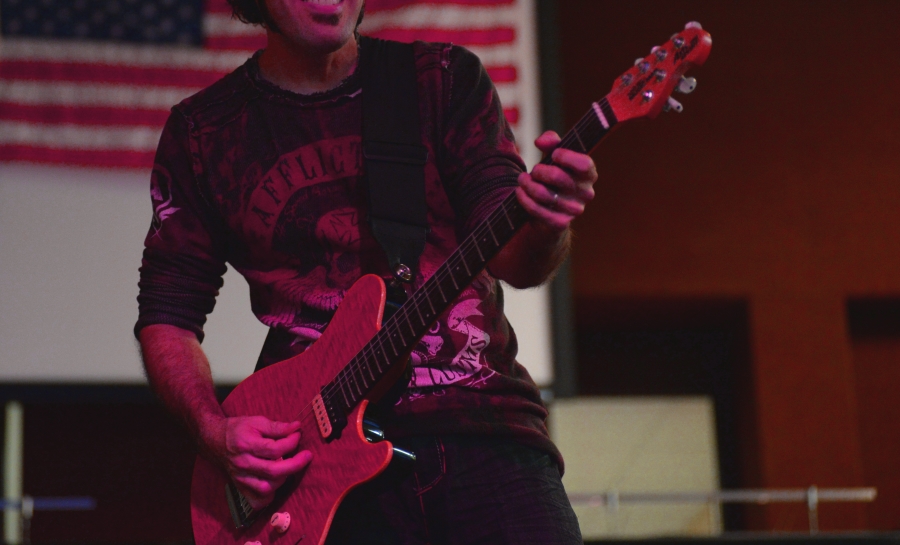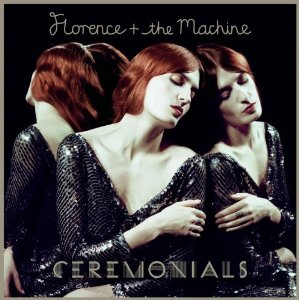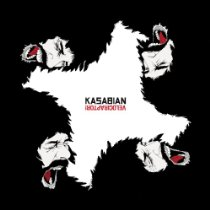When you first started to play the guitar, you bought all the necessary accessories. But now you want to get to the next level. To step up your guitar playing, there’s only one solution: expand your collection of products for guitars and invest in a good pedal and a good amplifier. Here is how to do it.
Choosing a guitar amplifier
You have a choice between three technologies: transistor amplifiers, tube amplifiers or modeling amplifiers. Parameters like weight and price are worth considering, but at the end of the day, it all depends on one thing: the sound you want to get.
Transistor amps are known to produce “cold” sounds. These models are used for Jazz or Blues. They are not suitable if you need high sound volumes, because transistor amplifiers easily cause saturation and “dirty” sounds. However, they are inexpensive, light, and extremely easy to transport. To figure out how it may sound, simply listen to this cool video of Adrian Duffy & The Mayo Brothers.
Tube models produce “hot” sounds. Signals are directly transmitted to your amp, so the sounds are less metallic. This should allow you to play more rhythmic and noisier music. Tube amplifiers are more expensive than transistor models. One point to consider: tubes explode and must be replaced regularly…
Modeling amps are getting increasingly popular among guitar players, who like their versatility. This means that these models can be easily used for both home training and a concert, with hot or cold sounds as needed.
Choosing a guitar pedal
With a guitar, there are tons of effects. The goal of a guitar pedal will always be to change the original sound of your guitar to find your own tone. However, techniques are constantly evolving and there are a lot of different guitar pedals on the market. Some models include a dedicated recording software, or built-in amplifiers, for example. So, when it comes to buy guitar effects pedals, the choice is vast.
Overdrive, tone, and reverb are the most common effects. If you want to combine them in your own style, choose a pedal format that will allow you to build a chain of several effects one after the other. That’s a wonderful way to differentiate your sound from the crowd of would-be guitar heroes.
What accessories do I need with a guitar? Traditional guitar effects in pedal format process your sound signal in an analog way. But you can also find them in a condensed and digital way: as their name implies, multi-effects pedals offer a selection of effects that guitarists love. This format can prove to be extremely practical. It offers a wide effect palette, in one single tool. This way, you won’t end up like Maroon 5, selling all their guitars, drums and microphones to make room for their new equipment.
When creating a pedal board, especially a small one on a budget, you won’t be able to put them all in. You’ll need to refine your choices based on the sound you’re going for.
Funk: To get the funkiest sound you can manage, you may want a wah, phaser and compressor.
Metal: If you’re looking for a metal sound you may want a few distinct types of overdrive, and a volume boost of some kind.
Blues: If you’re going for this, add a bit of fuzz, wah and clean boost to bring out your solos.
At the same time, there might be a lot of overlap. A tuning pedal, for example, might be a mainstay across all your combinations of pedals, as would your favourite overdrive pedal. Make sure you decide on which pedals will be permanent on your board.
And if you combine the proper effects pedals with an affordable amp, you could make it sound like a top-of-the-range one.
You’ll have to take the time to get to know all these families of effects. It will take a lot of tests and combinations before you become a master in the art of hacking the potentiometers. But there is no doubt that a quality guitar pedal and a good amplifier are your best companions to reach the tone of your favorite guitarist and discover your own sound.









